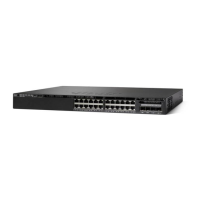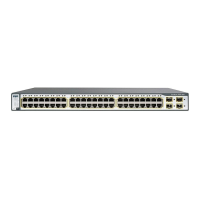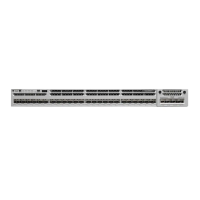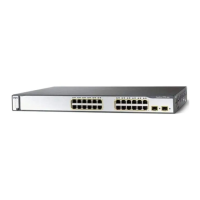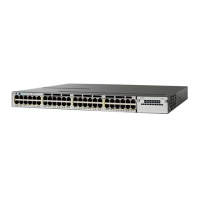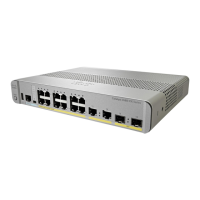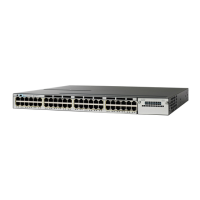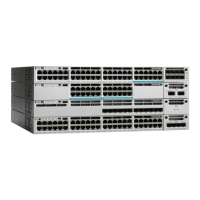Sets the differentiated services code point (DSCP) value
to mark IP(v4) and IPv6 packets. You can specify these
values:
• cos-value—Number that sets the DSCP value. The
range is from 0 to 63. You also can enter a mnemonic
name for a commonly used value.
•
Specify a packet-marking category to set the DSCP
value of the packet. If you also configure a table map
for mapping and converting packet-marking values,
this establishes the "map from" packet-marking
category. Packet-marking category keywords:
◦ cos—Sets a value from the CoS value or user
priority.
◦ dscp—Sets a value from packet differentiated
services code point (DSCP).
◦ precedence—Sets a value from packet
precedence.
◦ qos-group—Sets a value from the QoS group.
• (Optional)table table-map-name—Indicates that the
values set in a specified table map will be used to set
the DSCP value. Enter the name of the table map
used to specify the DSCP value. The table map name
can be a maximum of 64 alphanumeric characters.
If you specify a packet-marking category but do not
specify the table map, the default action is to copy
the value associated with the packet-marking category
as the DSCP value. For example, if you enter the set
dscp cos command, the CoS value (packet-marking
category) is copied and used as the DSCP value.
dscp
Sets IP values to the classified traffic. You can specify
these values:
• dscp—Specify an IP DSCP value from 0 to 63 or a
packet marking category.
• precedence—Specify a precedence-bit value in the
IP header; valid values are from 0 to 7 or specify a
packet marking category.
ip
Command Reference, Cisco IOS XE Everest 16.5.1a (Catalyst 3650 Switches)
663
set
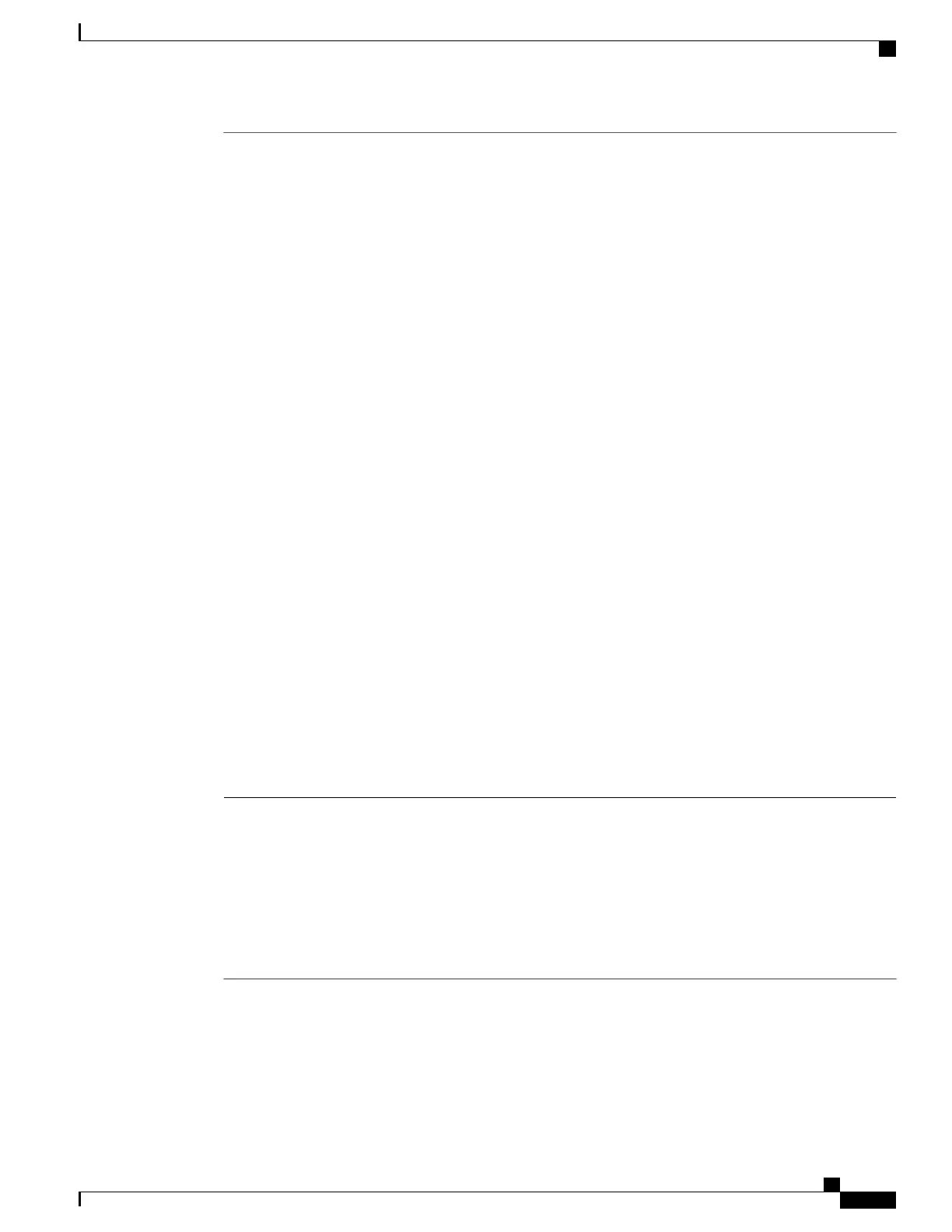